Earl Waggoner

“I was a TWA Captain. At the time, TWA owned Hilton International Hotels and the crews stayed there. I would fly over to Milan looking for parts, but it was really lonesome.
You don’t speak the language, you couldn’t just pick up a phone because the person on the other end didn’t speak English, so I’d try to stay at the Hilton. They had operators you could talk to, ‘Call this number and ask for this person,’ etc. So this one trip I checked in at the Hilton and the desk clerk says, ‘Oh, I’m sorry we’re booked. We don’t have anything.’ However, being very accommodating to crew, she asked, ‘Do you have a car?’ In a little bit she called me over, ‘Here, they’ve got a place for you.’ I looked at the card and it was some place I’d heard of before: Villa D’Este, Como [laughs]. I hop in the car and drive up to Villa D’Este. Wooo man, this smells like money [laughs]. I checked in and thought, ‘I can’t afford the best of everything, but there’s one thing I can afford to do. I can afford to have a drink – in the best place on earth. So I go down to the bar and the maitre’d with his white gloves sent me over to a little table beside a guy who looked awful familiar. Turned out to be Alfred Hitchcock [laughs]. I had a couple hour conversation with Hitchcock. That’s the sort of stuff, that if it weren’t for the cars, if it weren’t for the Ferraris, I would have never been involved in.
If there was ever anyone with a knack for being in the right place at the right time, Earl Waggoner would be that man. In 1951, with a year at Kent State and a private pilot’s license, he enlisted in the Air Force. A new ’52 regulation allowed him to earn acceptance into flight school. Earl opted to train and work through holiday furloughs his contemporaries didn’t give a second thought to taking. As a result, Earl found himself placed with a squadron and fast-tracked into training on the KC-97, an in-flight refueling tanker. He ultimately became an Aircraft Commander at the young age of 24. Through remarkably similar circumstances, he later landed a job with TWA almost the day he left the Air Force. Based at LAX, Earl became interested in sports cars, and his story is a testament to creating one’s own fortunes.
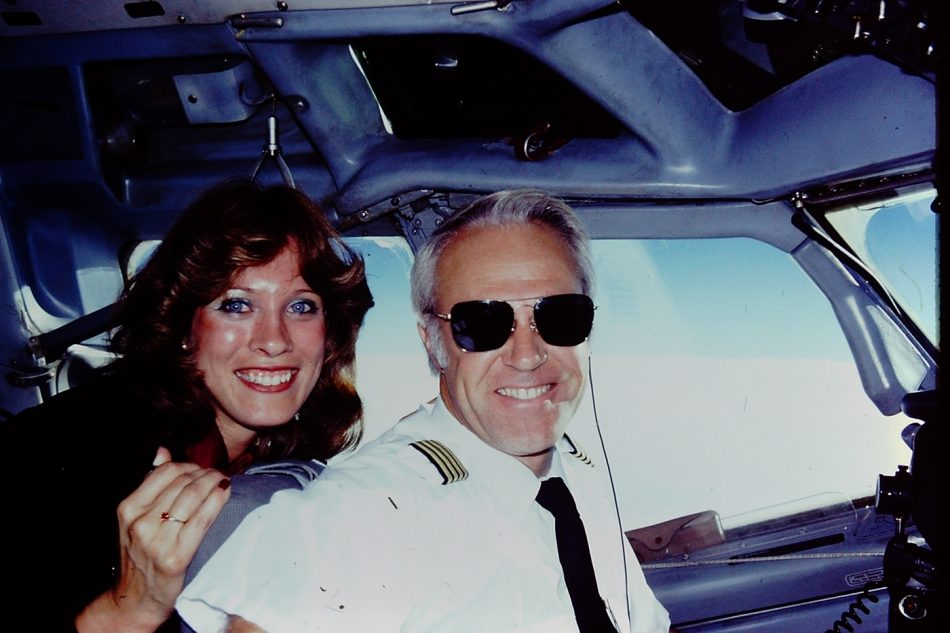
“In 1966 I visited a good friend and neighbor, Bob Hicks, in England. He had a ROAD & TRACK magazine and I glanced through it. I said, ‘Man, that’s a good looking car.’ It was an Iso Rivolta.
“When I returned from England, I mentioned the car to someone I flew with and they said, ‘Joe Hunt has one.’ Joe Hunt, known for his Magnetos, was a TWA Flight Engineer. I later saw Joe at a company meeting, ‘Hey, somebody told me you have an Iso Rivolta.’ He said, ‘Yeah, it’s out there in the parking lot.’ He pulled out the keys, ‘Here, take it for a drive.’ I’d never seen one, so I went out to take a look at it, but I didn’t drive it. It was what I expected, so later that weekend I looked in the LA Times and saw one for sale. I went to take a look at it. It was a really nice car, so I just bought it on the spot from Ray Pepp, father of Buddy Pepp, the former Director at The Petersen.
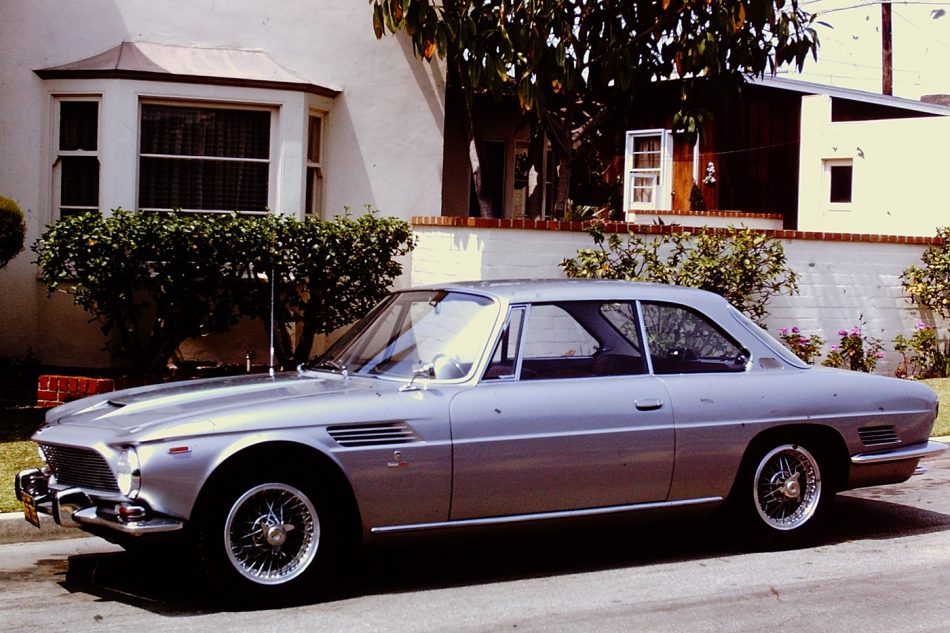
“I didn’t have the car too long and a guy pulled out in front of me. Ok, I guess it was my fault because it was at night and I didn’t know there was a 4-way stop. He just assumed I was gonna stop. I t-boned him. Oh no, what am I gonna do? I hadn’t had any maintenance done and there wasn’t much available in the way of parts, so I panicked. I had a few days off, so I hopped on a plane, went to Italy. In Italy every day is either a religious holiday, a national holiday, or a strike [laughs], so you’re lucky to arrive there on a day when you can do anything, but I showed up at the Iso factory.
“I wasn’t getting very far at the gate when a young fella in a brand new Iso Grifo pulled up and asked ‘Could I help you?’ It was Piero Rivolta. ‘Well, I’m sorry we can’t do anything for you today,’ he said, ‘But do come by tomorrow and we’ll take care of you.’ So I came by the next day. The export manager and I went out on the production line. ‘I’ll need a grill, I’ll need one of these, I’ll need this nose section, and I’ll need one of these emblems . . . on and on.’ He said, ‘Ok, we’ll send it to you. Would you please have lunch with us?’ So I went with Piero to his palazzo on company grounds and had lunch. Could you imagine needing parts for your Ford, you go to Detroit unannounced, meet Henry Ford, and he says, ‘Ok, we’ll take care of you, and would you like to come over for lunch.’ That’s not likely going to happen.
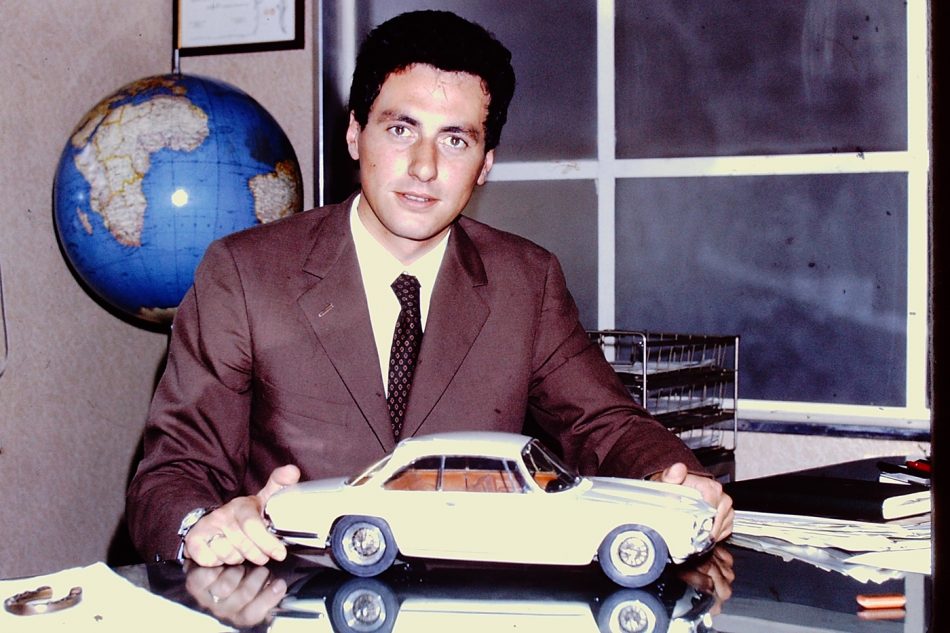
“In 1971 I happened to see a Lusso for the first time at a garage off of Slauson, in Ladera Hills. It impressed me. I thought, ‘Wow, that’s what a car should look like!’ I looked in the LA Times. There was one for sale that belonged to Asa Clark. It had had kind of a hard life, but what did I know? I bought the car for $5500, and after living with it for a few days realized it was going to need a lot of work to get cherried out. So I took another trip to Italy and went to Ferrari with the thought to buy everything unique to a Lusso that I might need to make this car a nice one.
“I did all of that, came home, and my friend, Ferrari tech Pete Civati said, ‘If you’re gonna fix one up nice, maybe you should start on a little higher level.’ He knew of a Lusso for sale in Ft. Collins, Colorado. I had a flight into Denver in July, so I went and took a look at it. It was a much nicer car than the one I had and I thought, well now we’re up to $7500, but I said ok. I bought the car, drove it to California, and when I came home, another inventory, and another trip to Italy in ’73.
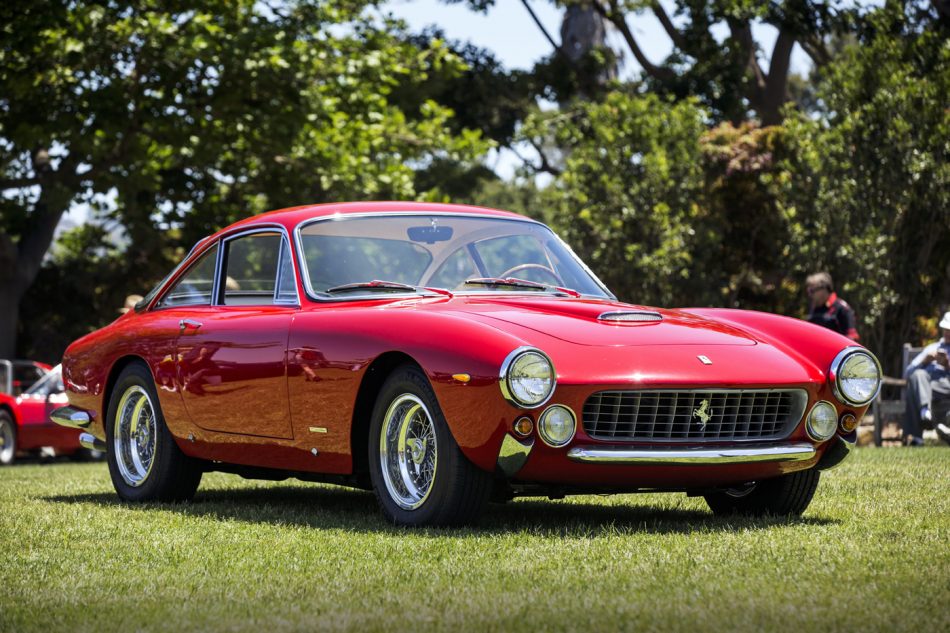
Ferrari Club of America Botanic Garden Picnic, F12_6451, © Jim Hunter 2017
“When I came home from that trip, the Ferrari Owners Club bulletin had arrived and there was an ad that read, ‘For sale, 1964 Berlinetta Lusso, not like the one in the ROAD & TRACK article, but THE one. $10,000. It belonged to Don Novack in Newport Beach. I was aware of that article and that car. I had always planned to go down and see what was generally considered to be the best Lusso around. So I went and met Don and with one look thought, ‘Why am I buying these used cars, trying to come up with a car like this, when there it sits?’ I knew that my $7500 car from Colorado was not going to be like this one $2500 dollars later, so I said, ‘You got any bites?’
He said, ‘I’ve had a few looking, but no money.’
‘I’ve already got one,’ I replied, ‘but this is really what I want.’
Nonchalantly, Don said, ‘Think about it and let me know.’
‘Well,’ I replied, ‘if I go home and think about it all weekend, and in the meantime somebody else buys it, then I’ve wasted all that thinking, so, ah, I’ll take it [laughs].’ I didn’t even consider trying to chisel him to $9500 or any of that nonsense. I just said, ‘I’ll take it.’

“Long story short, I still have the original ROAD & TRACK car, it is still all-original and probably worth more than the $10,000 I paid for it!” Although Earl had long since sold the first Lusso, he kept the Colorado car, and kept acquiring more cars and parts.
“I don’t call it a collection. I call it an accumulation.” Earl’s key acquisitions included two more Lussos, a burnt hulk, nothing more than a rolling chassis, and a wreck, both of which Earl acquired for parts. Years later, Earl transformed this $700 combined original investment into a $70,000 cash sale and a heap of brand new Lusso skins from the Scaglietti inventory; a couple of 275 GTS, a wreck Earl got for $2200 out of Kansas, and a running car he found locally, which led to a profitable restoration deal with England’s David Cottingham, who Earl met through the club. He still owns the latter car to this day; and the remains of ’64 Olympic Logo designer Bob Runyan’s totaled 330 GTS, which Earl parlayed with Bob Butler into a full restoration of his Colorado Lusso, complete with a 275 engine dropped into the car for a good bit more torque. The 330, restored and now owned by Jim Buese, took home a Platino at Concorso Pasadena in 2013.

Earl enjoyed many adventures with Bob Hicks. “Bob supervised projects in England and became very good friends with Stirling Moss. Anytime Stirling would come to Southern California, which he did often back in the 60’s, he would stay with Bob, about 60 ft. away from me in Manhattan Beach. So I got to know Stirling, and when Bob got married and moved, Stirling would stay with me. Because I could fly for free, I went to spend a lot of time with Stirling. We’d work on his house together and so forth, and so when I say I know Stirling Moss, I know Stirling Moss.
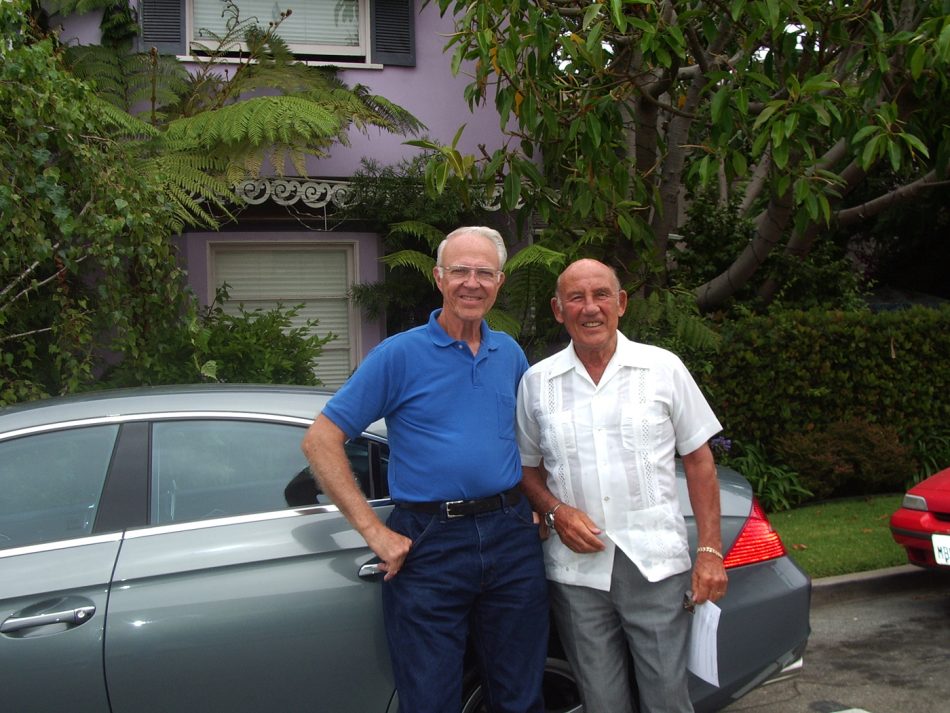
“There is only one word to describe Stirling and that is impatient. ‘Go! Go! Go!’ He can’t stand being behind anybody. He’d drive me nuts when I was driving. ‘C’mon granny! Move on up there [laughs]!’ One time we were going someplace in London, he was in one car and I was driving his. I had to follow him. He’s ducking, darting, gets through the light, and I don’t make it. I just pulled over and stopped. Finally, he comes back, ‘What’s wrong?! What’s wrong? You out of petrol?’” Earl laughs.
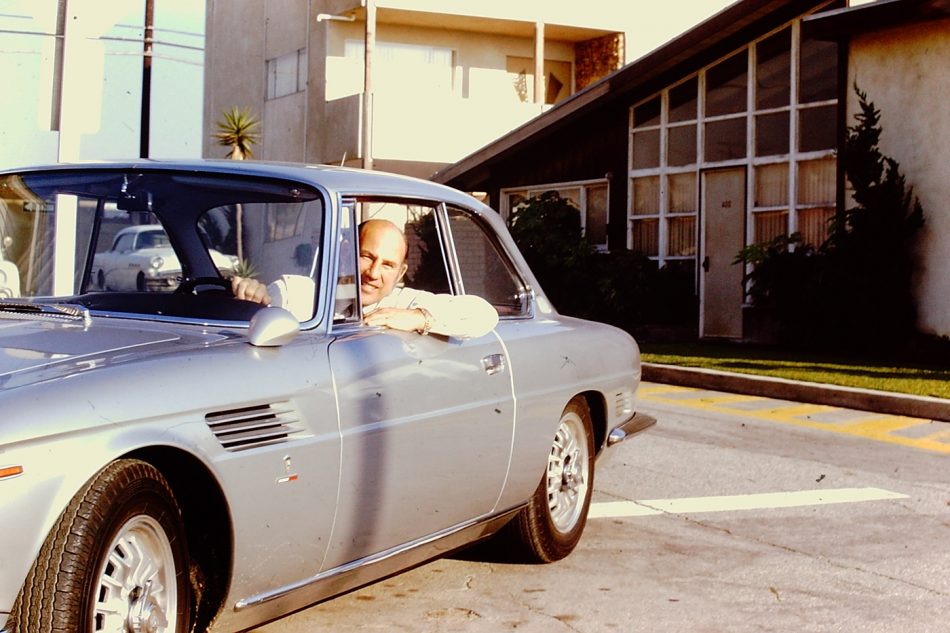
One time we went for some plumbing parts on his scooter. I’m on the back, which is a thrill in itself. He’s going between cars and I’m like, ‘Stirling, for god sakes my knees are the widest part of this thing [laughs]!’ He had this white helmet that you see in all the pictures, and gave it to me to wear. Some place along the Thames, we pull up to a light and there’s a policeman standing there. He casually waved us over and, pointing at me, ‘Your helmet’s not legal.’ So Stirling says, ‘What’s wrong with it!? It’s bloody good, I bought it in Sweden!’ The officer recognized Stirling from his license and off we went. ‘Cheerio!’”
Earl grew up on a farm in Ohio during the depression. “We didn’t have electricity. We didn’t have indoor plumbing. We just had four walls and a coal stove. The first vehicles I ever drove were tractors. I got my drivers’ license in a Model A Ford that belonged to my Aunt. My Dad wouldn’t let me drive his ’39 Plymouth Pickup. We lived out in the country and in those days you could hitchhike. If it weren’t for hitchhiking, I couldn’t have gone anywhere. I continued to hitchhike even when I was in the Air Force.”

Earl figures mobility has been a central theme of his life. “If it weren’t for hitchhiking, airplanes, and Ferraris, those are the most important things in my life. I would say without doubt that owning a Ferrari and being part of the club has enriched my life more than any other thing that I can think of. The people I’ve met, the places I’ve been able to go, the things I’ve been able to do. The cars gave me legitimacy, and as a result I have had a lot of great experiences that I never would have had if it weren’t for having a Ferrari.”
Originally published in the Ferrari Club of America Southwest Region magazine SEMPRE FERRARI

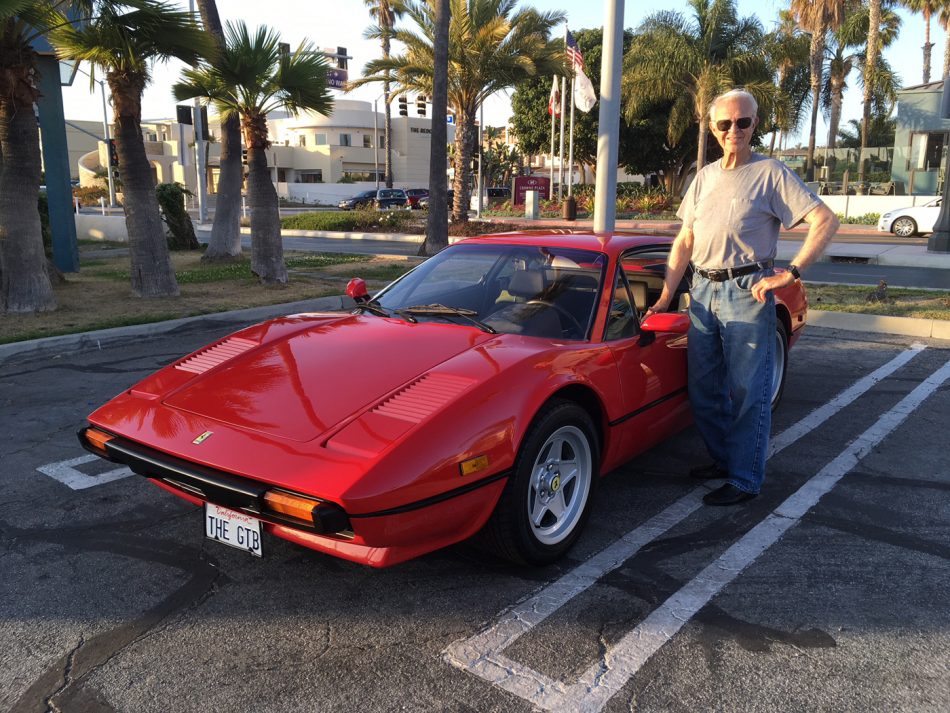
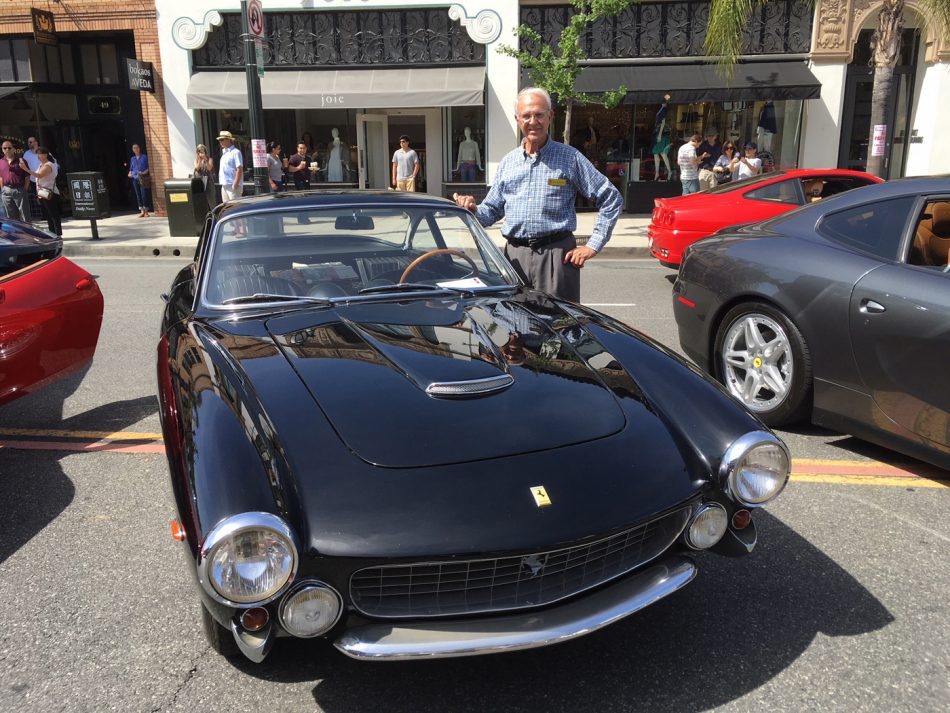
All images Courtesy Earl Waggoner unless credited.
Thanks to Tex Otto
Tags: 250 GT LussoEarl WaggonerIso RivoltaRoad & TrackStirling Moss